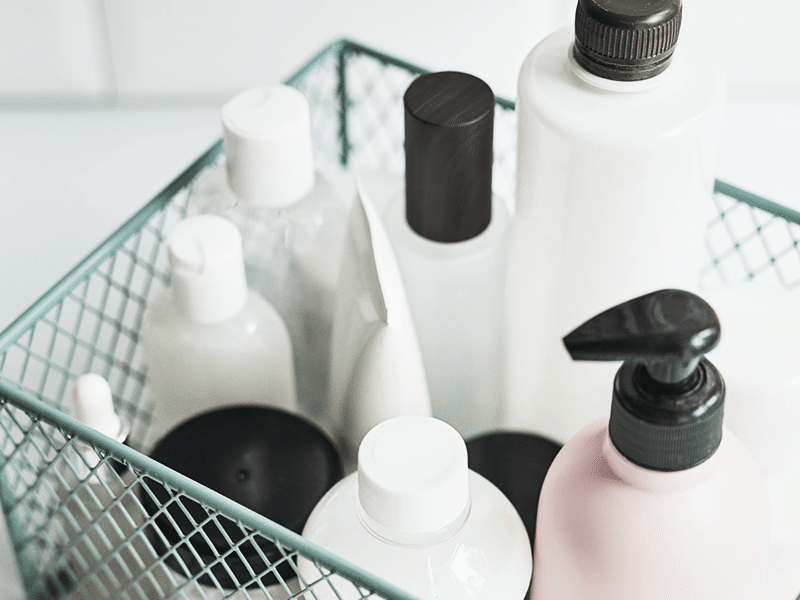On November 3, 2025, the National Health Surveillance Agency (ANVISA) issued a regulatory update amending the Annex of RDC 529/2021 to include two newly prohibited substances used in personal hygiene products, cosmetics, and perfumes. The change directly impacts manufacturers, importers, and distributors operating in the Brazilian cosmetics market, as all activities involving these substances will be restricted from early 2026.
更新摘要
ANVISA has formally added Diphenyl(2,4,6-trimethylbenzol) phosphine oxide (CAS 75980-60-8) 和 N,N-dimethyl-p-toluidine (CAS 99-97-8) to the national list of banned ingredients. From February 1, 2026, the manufacture, importation, registration, marketing, and use of any products containing these substances will be prohibited. ANVISA will cancel associated product registrations after this date, requiring companies to remove remaining non-compliant items from the Brazilian market.
Details of the Regulatory Update
The amendment to RDC 529/2021 introduces two additional prohibited substances to the regulatory Annex. Once the resolution takes effect, any new or existing formulations containing these ingredients will no longer be permitted in Brazil. Companies must discontinue manufacturing or importing affected products and prepare corresponding registration cancellations. The marketing and use of remaining items containing these substances will no longer be allowed after the deadline.
Compliance Deadline
February 1, 2026
This date marks the start of full enforcement, covering manufacturing bans, importation restrictions, registration cancellations, and the prohibition of marketing or using affected products.
为什么重要
This update strengthens ingredient safety oversight in Brazil’s cosmetics sector and aligns regulatory expectations with evolving product safety standards. It provides clarity for manufacturers and reduces the presence of potentially unsafe substances in the supply chain while ensuring a structured compliance timeline without introducing unnecessary burdens.
谁受到影响
This update is relevant for regulatory affairs teams, quality and compliance functions, product development units, manufacturers, importers, and distributors dealing with personal hygiene products, cosmetics, and perfumes intended for the Brazilian market.
下一步
Stakeholders should review all current formulations to confirm whether the newly prohibited substances are present and initiate reformulation or discontinuation where required. Companies should prepare product recalls of non-compliant items and ensure that all related documentation is updated well ahead of the effective date. As organizations prepare to meet the new ANVISA requirements, leveraging structured regulatory intelligence can support faster compliance planning and reduce operational risk.
RegASK’s AI-driven monitoring and regulatory intelligence capabilities can help organizations track ingredient-level changes, assess compliance impact, and coordinate market-specific actions efficiently. RegASK 是领先的 agentic AI 监管智能和工作流程编排平台 that empowers global organizations in highly regulated sectors, including consumer products and life sciences, to proactively navigate complex regulatory landscapes. By combining advanced Agentic AI with experts in the loop, RegASK delivers timely predictive actionable insights and end-to-end automation, streamlining compliance processes, mitigating risks, and accelerating market access across more than 157 countries.
常见问题解答
Which substances did ANVISA add to the prohibited list?
ANVISA added Diphenyl(2,4,6-trimethylbenzol) phosphine oxide (CAS 75980-60-8) 和 N,N-dimethyl-p-toluidine (CAS 99-97-8) to the list of banned substances for cosmetics, personal hygiene products, and perfumes.
When does the prohibition take effect?
The restrictions begin on February 1, 2026, covering manufacturing, importation, registration, marketing, and use of affected products.
What happens to existing product registrations containing these substances?
ANVISA will cancel registrations for non-compliant products after February 1, 2026, and companies must recall remaining items from the market.
How can companies prepare for these regulatory changes and manage compliance efficiently?
By reviewing formulations, planning reformulations, managing recalls, and using regulatory intelligence tools like RegASK to monitor ingredient bans and align compliance workflows with ANVISA’s requirements.

